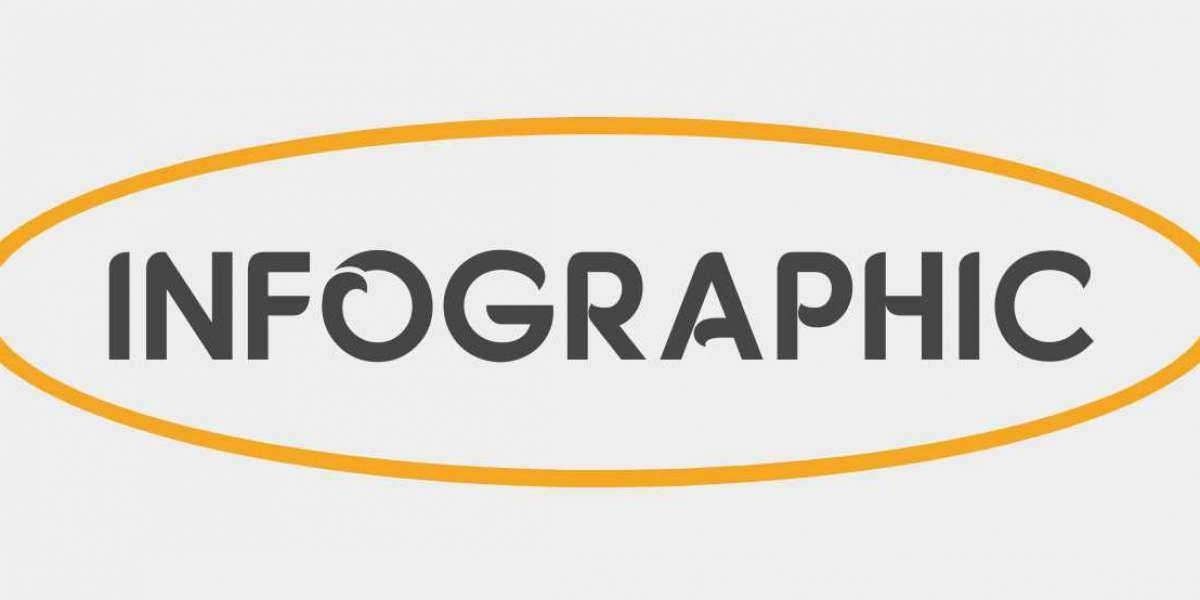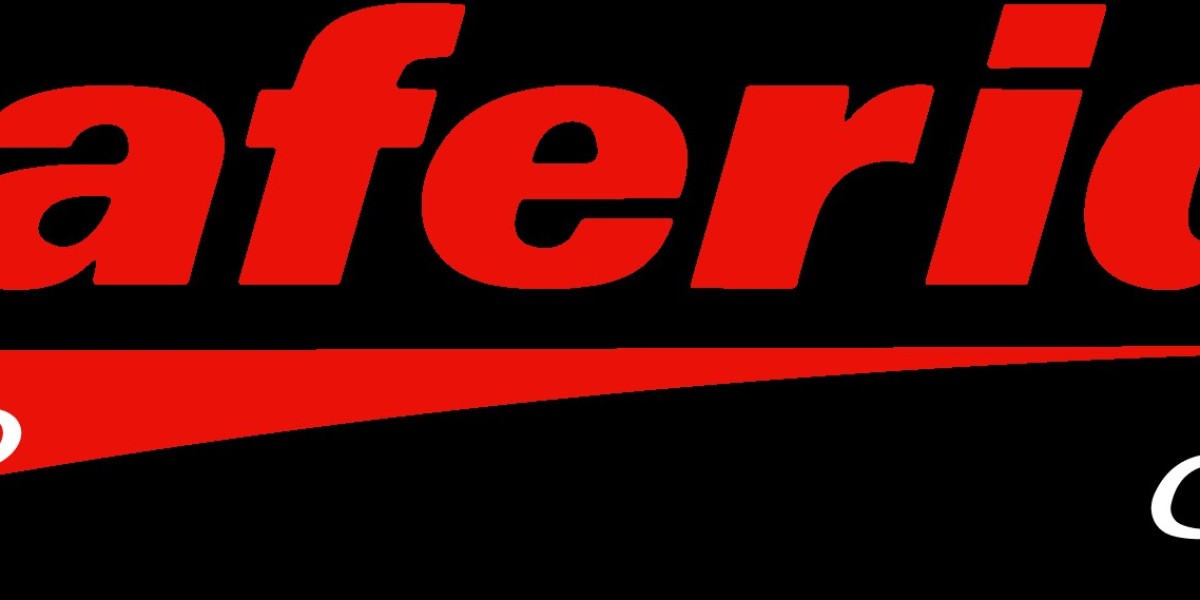When considering enhancing your outdoor space with a pool enclosure, understanding the pool enclosure cost is crucial. A well-designed pool enclosure not only adds aesthetic appeal but also provides safety and protection from the elements. In this article, we delve deep into the factors influencing pool enclosure costs, helping you make an informed decision.
What is a Pool Enclosure?
A pool enclosure is a protective structure that surrounds your swimming pool, offering numerous benefits, including increased safety, reduced maintenance, and enhanced enjoyment. These enclosures can be made from various materials, including glass, screen, and polycarbonate, each providing different advantages.
Factors Influencing Pool Enclosure Cost
1. Type of Enclosure
The type of enclosure you choose significantly impacts the overall cost. Here are the most common types:
- Screen Enclosures: Typically the most cost-effective option, screen enclosures allow for ventilation while keeping out debris and insects. Prices generally range from $3,000 to $10,000, depending on the size and complexity.
- Glass Enclosures: Offering an elegant and modern look, glass enclosures are more expensive due to the material and installation requirements. Costs can range from $10,000 to $30,000.
- Polycarbonate Enclosures: These provide excellent insulation and UV protection, making them a popular choice in colder climates. Prices range from $7,000 to $20,000.
2. Size of the Pool
The size of your pool is a primary factor in determining the enclosure cost. Larger pools require more materials and labor, leading to higher prices. Typically, enclosures are priced per square foot, so it’s essential to measure your pool area accurately.
3. Customization Options
Customization adds both functionality and aesthetic value to your enclosure but can significantly increase costs. Considerations include:
- Doors and Windows: Additional access points can enhance usability but will add to the cost.
- Height and Design: Higher enclosures or those with unique designs will generally incur higher expenses.
- Finishes and Colors: Custom finishes or colors can enhance the visual appeal but also raise the price.
4. Location and Installation Costs
Installation costs can vary based on your geographical location and the complexity of the project. In areas with a higher cost of living, labor costs tend to be elevated. Additionally, if your pool is in a challenging location or requires special permits, this can add to overall expenses.
5. Permits and Regulations
Before installing a pool enclosure, it’s essential to consider local building codes and regulations. Many regions require permits, which can range from $100 to $1,500. Failure to obtain the necessary permits can lead to fines and increased costs down the line.
Benefits of Investing in a Pool Enclosure
1. Increased Safety
One of the most significant benefits of a pool enclosure is enhanced safety. By providing a barrier between your pool and potential hazards, enclosures help prevent accidents, particularly for children and pets.
2. Reduced Maintenance
With a pool enclosure, you can significantly reduce the amount of debris that enters your pool. This translates to less time spent cleaning and more time enjoying your pool. Additionally, enclosures help minimize chemical evaporation, reducing your overall maintenance costs.
3. Extended Swimming Season
In colder climates, a pool enclosure can create a more comfortable swimming environment. It retains heat and protects against harsh weather, allowing you to enjoy your pool for more months of the year.
4. Aesthetic Appeal
A well-designed pool enclosure enhances your backyard's visual appeal, potentially increasing your property value. Various designs and materials are available to complement your home’s architecture.
Comparing Costs: DIY vs. Professional Installation
While some homeowners may consider a DIY approach to save on costs, professional installation is generally recommended. Here’s a quick comparison:
- DIY Installation: May save on labor costs but can lead to potential mistakes that could increase expenses. Additionally, the lack of experience may result in a subpar finish.
- Professional Installation: While this option is more expensive upfront, it ensures that the enclosure is installed correctly and complies with local regulations. Professional installers often provide warranties, adding peace of mind.
How to Budget for Your Pool Enclosure
1. Get Multiple Quotes
When planning your pool enclosure project, it’s wise to obtain quotes from several contractors. This helps you gauge the market rate and choose a provider that meets your budget and quality expectations.
2. Factor in Additional Costs
Beyond the basic enclosure cost, remember to consider additional expenses such as:
- Maintenance Costs: Regular cleaning and upkeep to ensure the enclosure remains in good condition.
- Insurance: Check with your insurance provider to see if an enclosure may impact your policy or premiums.
3. Plan for Contingencies
Always set aside a portion of your budget for unexpected costs. This could include additional structural work, changes in material prices, or modifications based on the installation site.
Conclusion
Investing in a pool enclosure is a significant decision that requires careful consideration of various factors, including type, size, customization, location, and regulations. By understanding the intricacies of pool enclosure cost, you can make an informed choice that enhances your outdoor experience while providing safety and convenience. Whether you opt for a sleek glass enclosure or a practical screen structure, a well-planned pool enclosure will undoubtedly elevate your property and your enjoyment of your pool.



